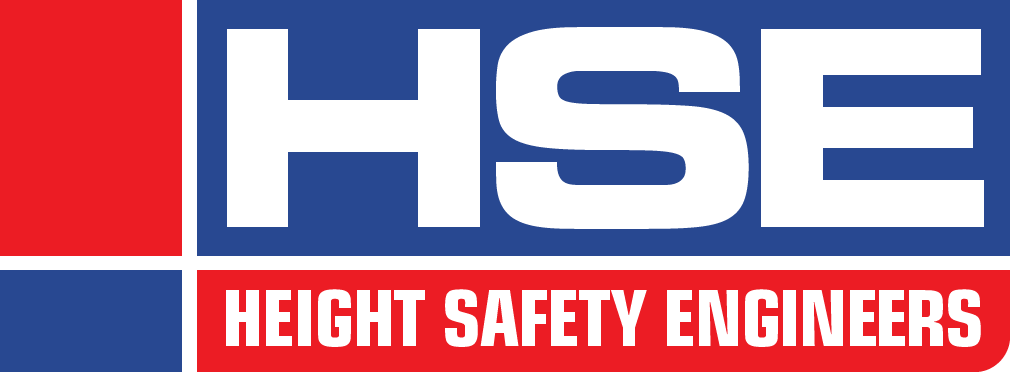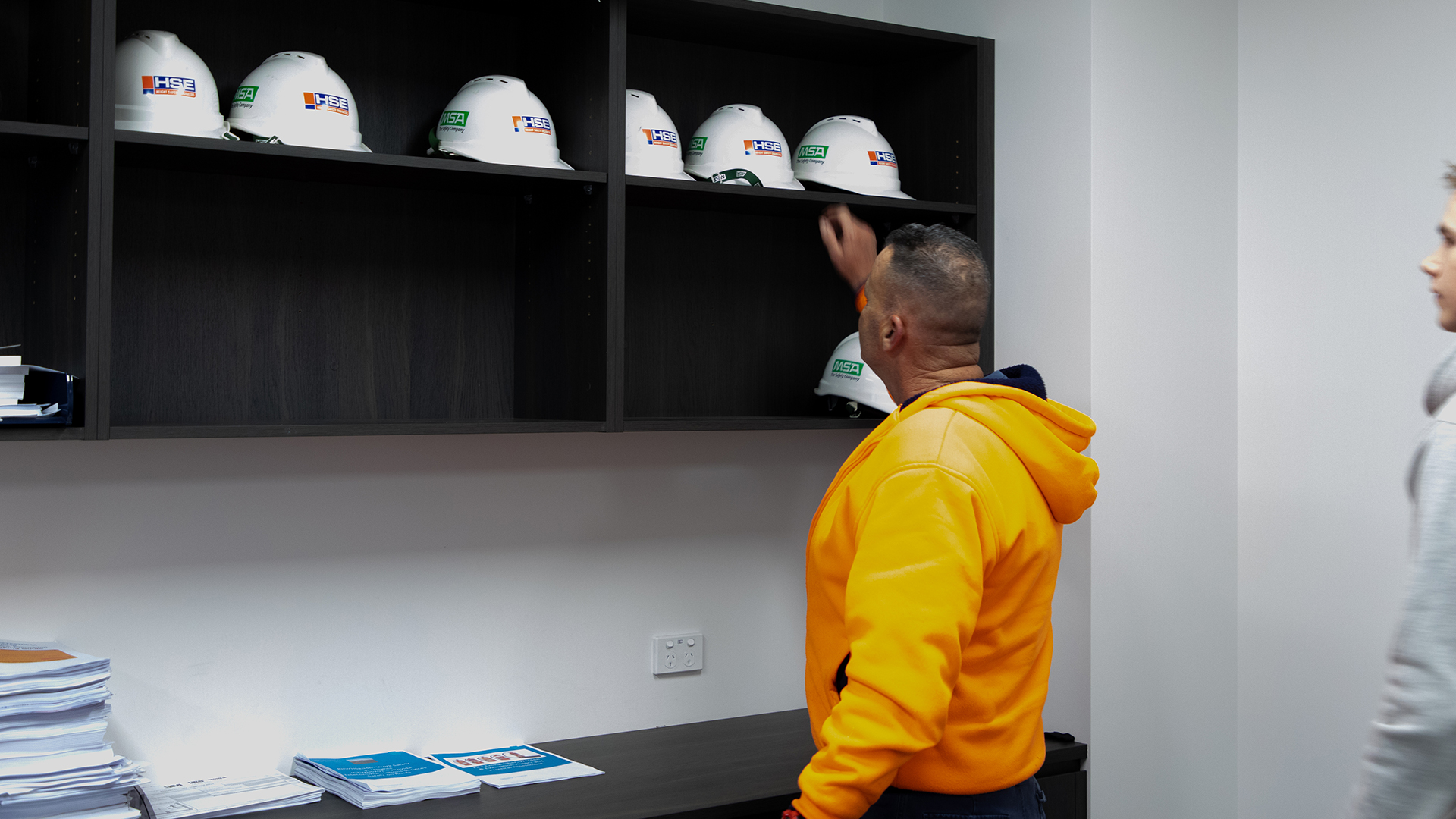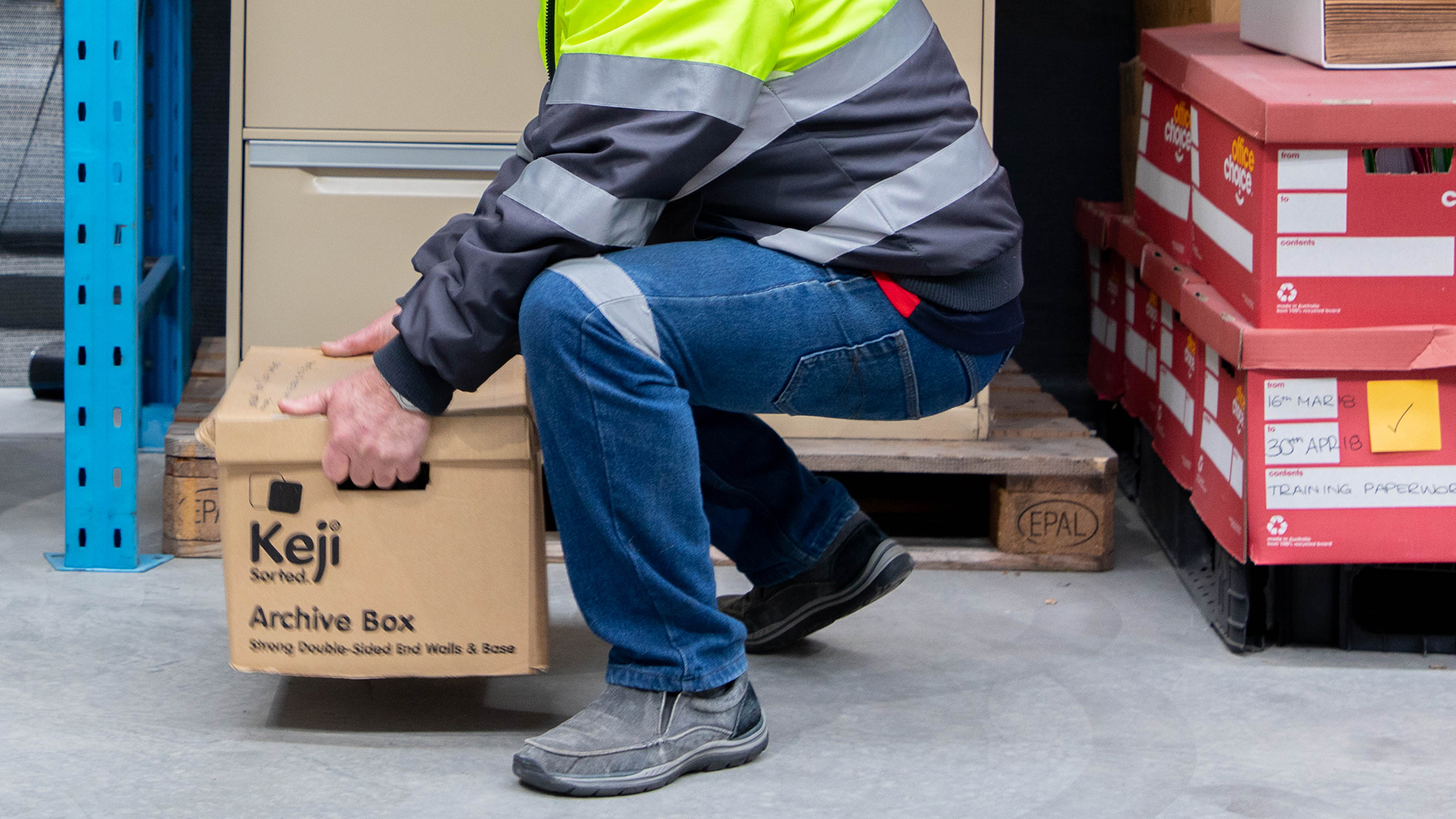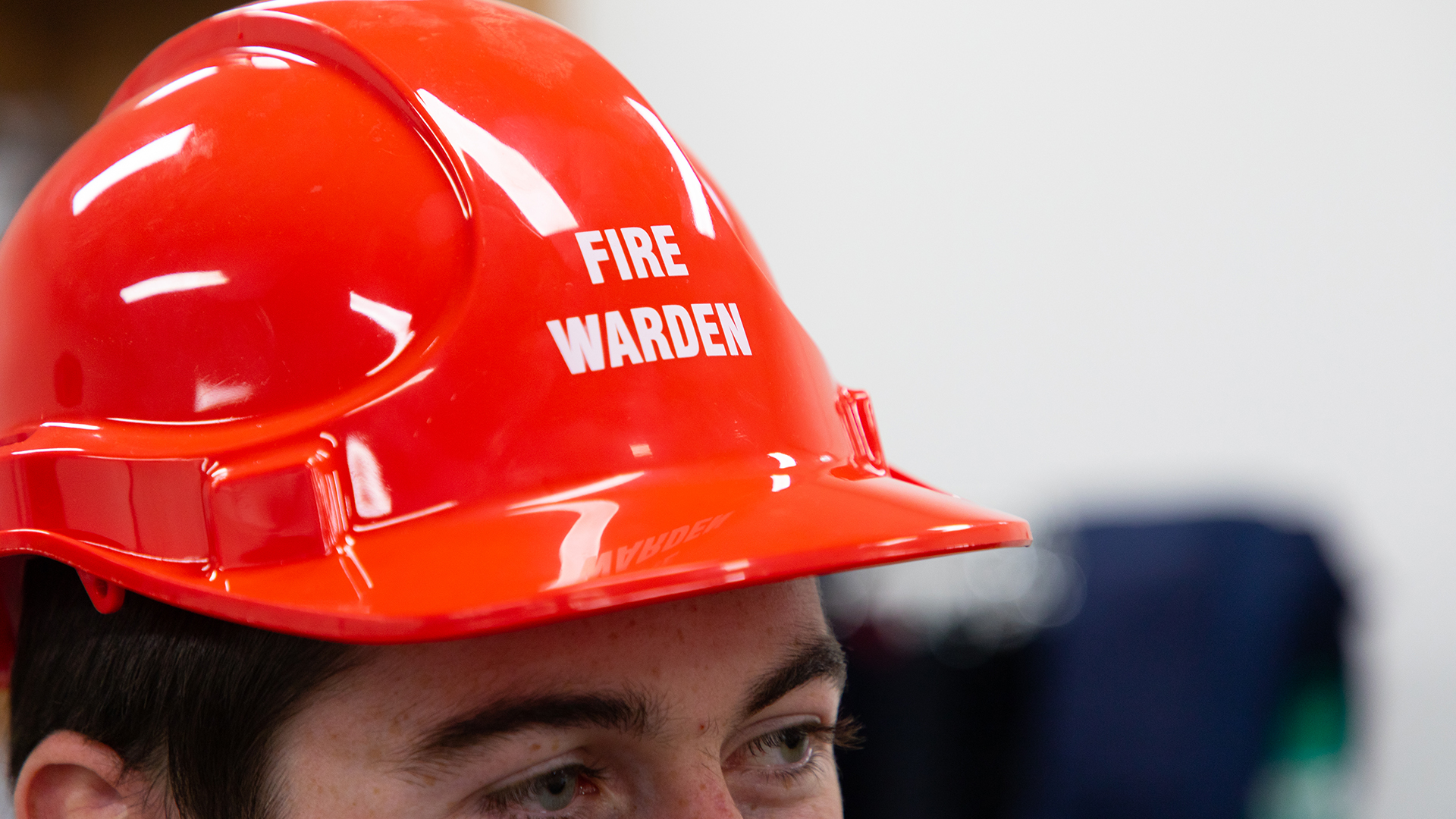CPPFES2005 Demonstrate first attack firefighting equipment (Fire extinguisher training)
This short course provides your team with the skills to quickly and safely respond to a fire in the workplace using portable fire fighting equipment.

Ignition of a fire in the workplace requires a timely and relevant response. The scale of a fire can quickly escalate, placing both the building and, more importantly, people at risk. Having the skills to correctly use first attack firefighting equipment to respond to a fire can minimise the risks of injuries to personnel or damage to facilities and equipment.
This course meets the workplace health and safety obligations for ensuring your team is competent in using portable fire extinguishers at your office, factory, warehouse, or other work site.
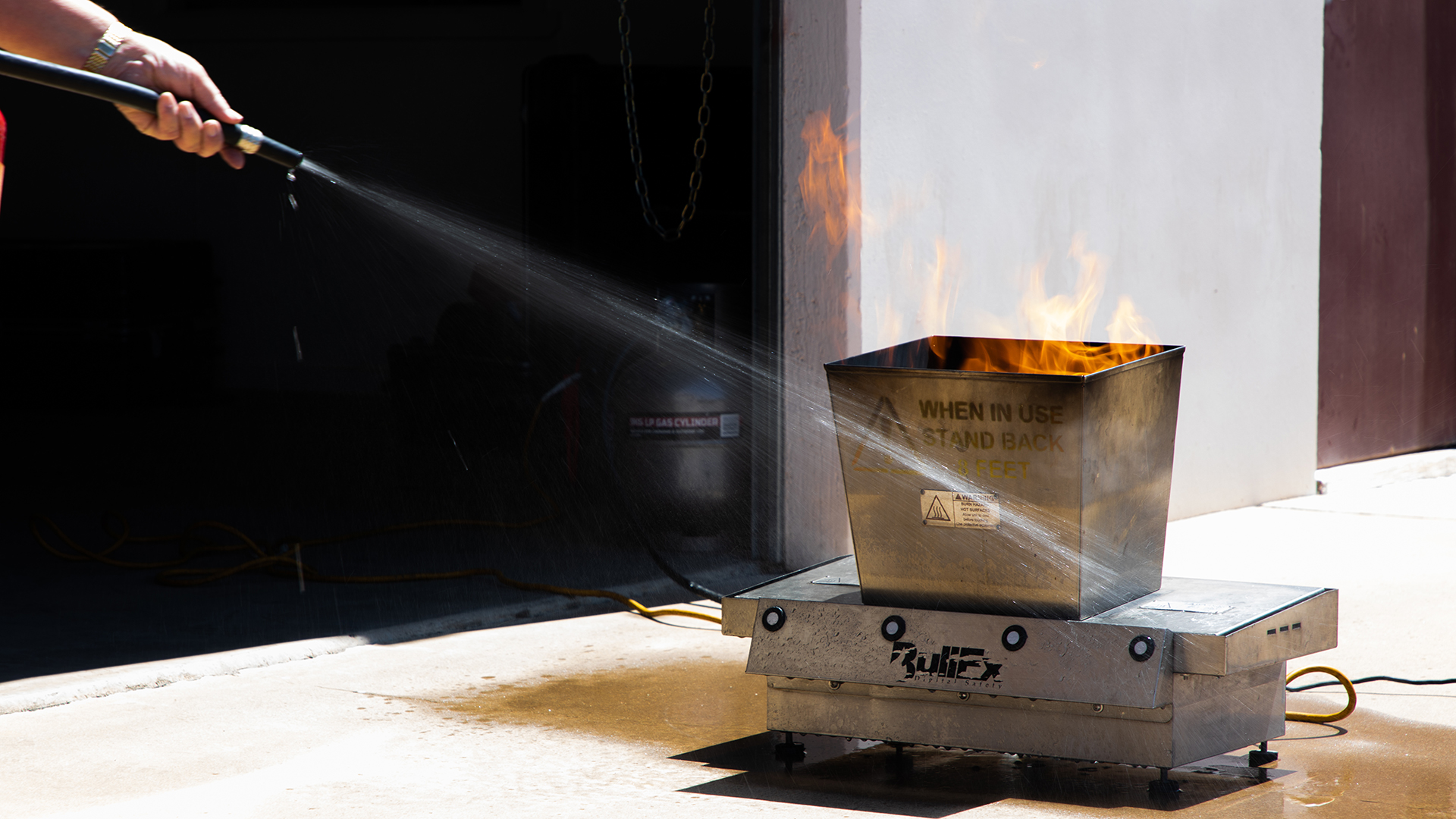
About this course
This course introduces participants to various types of portable fire fighting equipment that is commonly found in workplaces. Participants will learn how to correctly handle and safely use fire extinguishers, fire hose reels, and fire blankets.
Fire extinguisher training should include both theory and practical components. This ensures successful participants can safely attend a fire incident in the workplace. They gain real, hands-on experience using fire fighting equipment under instruction from experienced emergency response specialists.
Duration: Half day (4 hours)
Student/trainer ratio: 10:1
Course objectives and content
Types of fires
Classification of fire
Types of fire extinguishers available
Demonstrate correct use of portable fire extinguishers to extinguish a fire
Demonstrate correct use of hose reels & fire blankets to extinguish a fire
Safety procedures when fighting fires
Fire-fighting tactics

Qualification for successful participants
Statement of attainment in:
CPPFES2005 Demonstrate first attack firefighting equipment
CPPFES2005 Demonstrate first attack firefighting equipment FAQs
No.
There is more to being a fire warden than just operating fire extinguishers. For those needing to train ahead of becoming a fire warden in their workplace, HSE offers a range of warden and evacuation management courses that fulfill this need.
RTOs use a variety of real and practice fire extinguishers across their training centres.
Each provide accurate real-world fire response simulations in a controlled envrionment.
